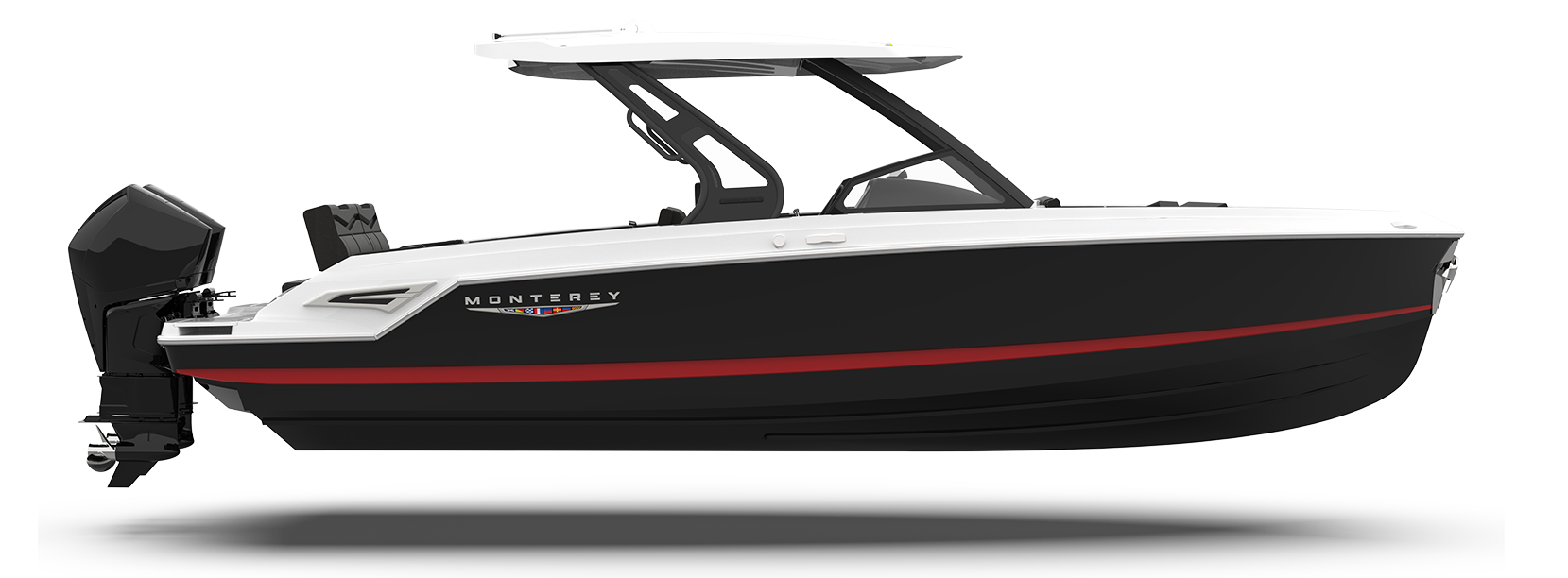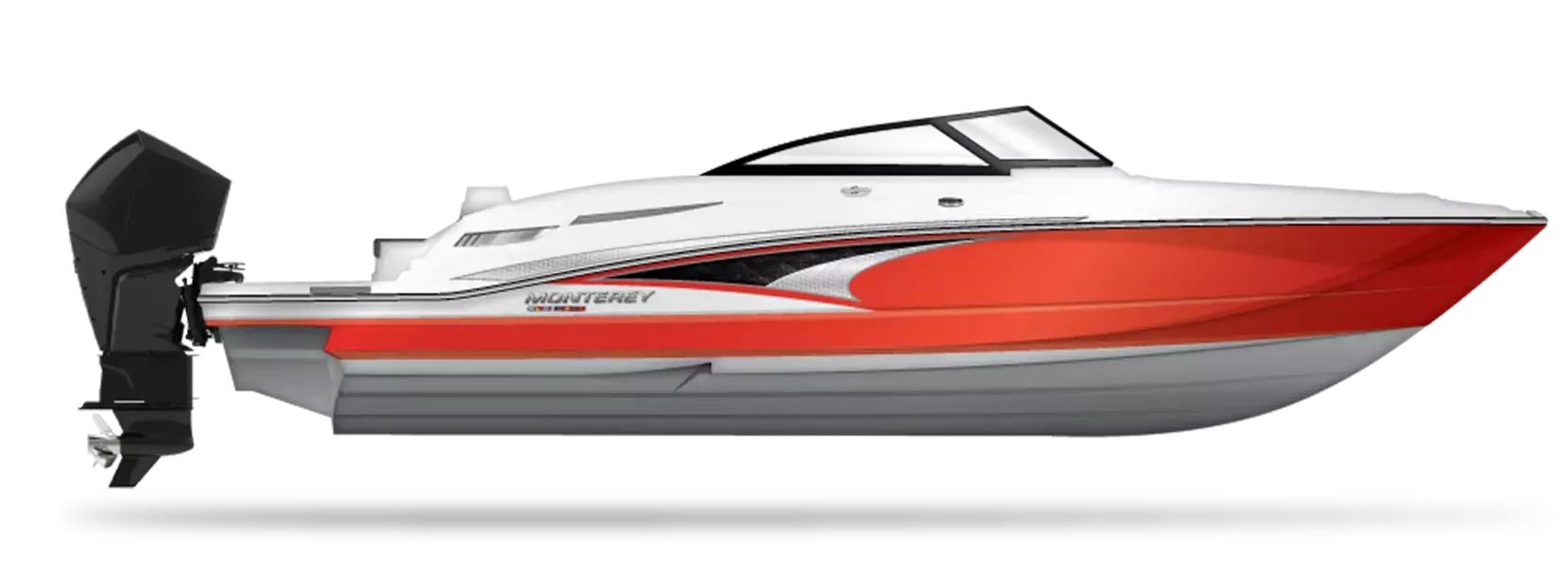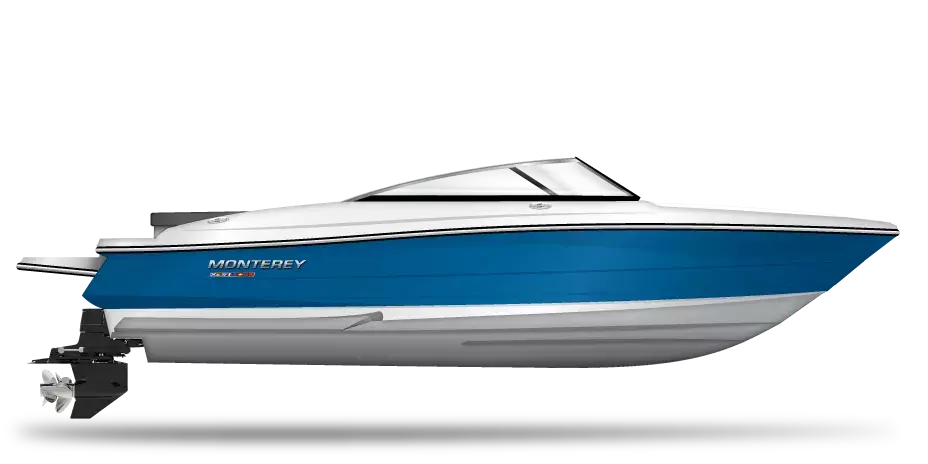A Reef Friendly Vacation
We recently welcomed our new dealer, Yacht Cancun, and couldn't help but notice the awesome reef diving in that area. The Great Mayan Barrier Reef, which runs along the east coast of the Yucatan Peninsula in the Caribbean Sea, is the world’s second largest reef and one of Mexico’s most popular natural wonders.
In fact, great diving opportunities for novices and experienced divers alike can be found all along this reef, which stretches from the north end of the Yucatan Peninsula all the way down the Belize coast. Diving in this area is as varied as could be, with a dizzying abundance of interesting marine life. Cozumel, for example, the largest island on the eastern coast, welcomes toadfish, turtles, sea stars, and feather stars in its waters, most of which are common sights from April to September.
According to our research, the other top reef diving spots include Australia's Great Barrier Reef - which is number one, the Great Cayman Islands, the Florida Keys, Red Sea, Galapagos Islands, Fiji, and Palau.
Reef diving is an exciting activity and enjoyed around the world by people of all ages who want a close-up encounter with underwater life and habitats. But are you aware that according to the Nature Conservancy, 75% of the world’s corals are struggling, and reefs face a wide and intensifying array of threats?
Coral reefs are vulnerable, but you can, and should, still enjoy them. Just take care while you’re out there, and try to minimize your impact. Here's what you can do to help:
Don’t anchor on the reef. Instead, use mooring buoy systems when they are available.
Remember: 'Take only pictures and leave only bubbles.' Keep your hands, fins and other gear away from the coral. As tempting as it is to touch or stand on the reef, contact can hurt you and damage the coral. If a piece breaks off, it takes years to grow back.
Stay off the seafloor when you're near coral. The stirred-up sediment can settle on coral and smother it.
Don’t turn over rocks to see what’s under them. You may expose organisms or fish eggs that need to remain hidden from predators.
“Coral reefs are just teeming with life – they’re among the most biologically-rich and productive places on earth,” says Mark Spalding, the Nature Conservancy’s senior marine scientist. “Reefs act as nurseries for fish, protect shorelines from storms and even generate the sand on beaches.”
So grab your mask and tank, do a back roll off your Monterey, and [gently] discover these underwater neighborhoods of do-gooders for yourself!
Bookmark & Share
User Comments
Be the first to comment on this post below!
Previous Article
Next Article
















